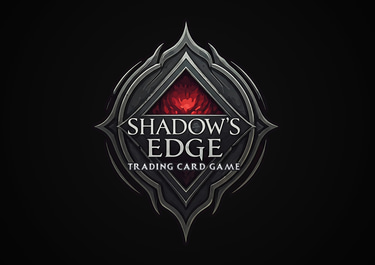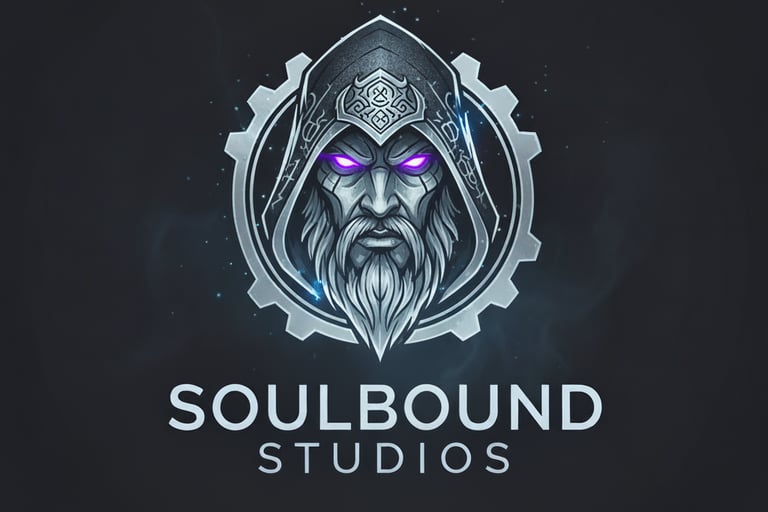Master the Game
Discover the essential rules for an engaging trading card game experience.
1) Build Your Deck
Before you begin, each player needs a 40-card main deck, 15-card Command Deck, 1 Commander and some token cards.
Main Deck: This 40 card deck will consist of your Unit, Order and Equipment cards. Your deck may only contain up to 2 copies of a single card. There are two options for building your deck:
Mono Color: Your deck contains cards of only one color.
Dual Color: Your deck can have two colors: a Primary and an Ally color. First select your primary color. Your ally color must be one of the colors on either side of that color on the Shadow’s Edge color wheel.
Command Deck: This 15 card deck will consist of only command point cards. These are used to track your available command points each turn.
Commander: You will need to select a commander to lead your warbands. The commander’s card color must match one of the card colors used in your main deck.
Tokens: Tokens are useful to represent and track certain buffs or abilities given to units through various effects. Having tokens to use that cater to your deck and its card effects can be extremely helpful.
2) Game Setup
Shuffle your main deck and place it face down in the designated Deck Zone.
Place your Commander card face up in the center of your Support Line.
Place your Command Deck face down in the designated Command Deck Zone.
(Optional): Place any token cards to the side of the play area.
Determine who goes first. You can use a coin flip or rock-paper-scissors—whatever you prefer!
Both players draw 5 cards to form their starting hand.
3) The Mulligan Phase
This is your one chance to get a better starting hand.
You may choose any number of cards from your hand to put back into your deck.
Shuffle your deck, then draw cards until you have 5 cards in your hand again.
You can only do this once per game.
You're now ready to begin the game!
Playing a Turn
Each turn is broken down into three phases.
1) Command Phase
Generate Command Points: Take one Command Point card from the top of your Command Deck and add it to your Command Point Pool. Then, move all Command Points from your Used Command Point Pool back to the Command Point Pool.
Clear Battle Shock: Flip any "Battle Shocked" units to their appropriate, active direction.
2) Draw Phase
Draw one card from the top of your deck and add it to your hand.
Note: The player who goes first does not draw a card on their very first turn.
3) Main Phase
This is where the action happens! You can perform any of these actions in any order, as many times as you can afford:
Play Units: Deploy a Unit card from your hand to your Front or Support Line by paying its Command Point cost listed on the upper most left side of the card. Each unit type must be deployed to a specific battle line.
Frontline Units (Troop, Elite, Heavy):
Unit Symbols
Troop Elite Heavy
Support Line Units (Ranged & Flying):
Unit Symbols
Ranged Flying
Important Note: Units cannot attack on the same turn they are played.
Play Orders: Play an Order card from your hand by paying its Command Point cost.
Order Symbol:
Play Equipment: Play an Equipment card from your hand by paying its Command Point cost. Place the Equipment card underneath the unit you are equipping it to.
Equipment Symbol:
Attack: Use an eligible unit to attack by paying its Resource cost found in the upper left corner of the card, just under its Command Point cost.
Remember, a unit cannot attack on the same turn it was played.
Attacking & Combat
How to Attack
Choose an eligible unit on your side to declare as an attacker.
Choose your target. You can attack an enemy unit or the enemy Commander, depending on the unit type.
Unit Types & Targeting
Frontline Units (Troop, Elite, Heavy): These units attack the enemy's Frontline first. If the enemy has no units in their Frontline, you can attack their Support Line or Commander.
Support Line Units (Ranged): These units can attack any enemy unit on the battlefield, including the enemy Commander, without moving from your Support Line.
Flying Units: These units can attack any enemy unit on the battlefield, including the enemy Commander. However, these units move to your Frontline the first time they attack. They must have an open space to move into. Once a Flying unit is in the Frontline, it stays there and can be targeted by enemy Frontline units.
Resolving Combat
Attacking a Unit: The attacking unit and the defending unit deal their attack damage to each other. Compare the attack damage to each unit's defense.
If a unit's defense is reduced to 0 or less, it is defeated and goes to the Graveyard.
If a unit's defense is still 1 or more, use dice or tokens to mark the defense it has remaining.
Attacking a Commander: The attacking unit's attack stat is subtracted directly from the enemy Commander's defense.
Ending the Game
You win the game if one of the following conditions is met:
The enemy Commander's defense is reduced to 0 or less.
Your opponent cannot draw a card during their Draw Phase because their deck has run out of cards.
Shadows Edge: How to Play Guide (Quick Start Rules)
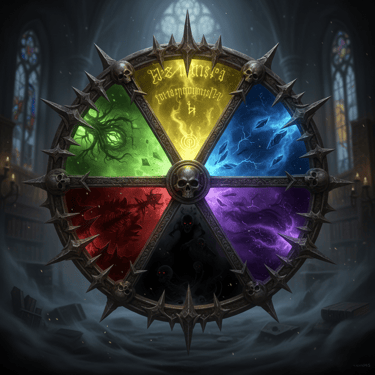

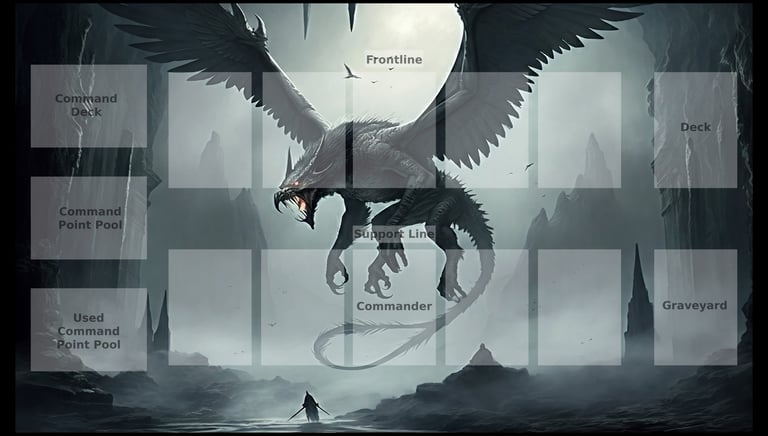

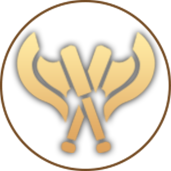

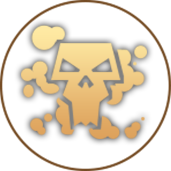

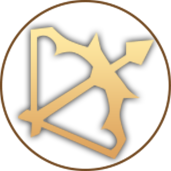

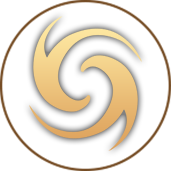

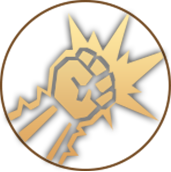

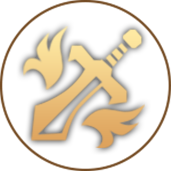

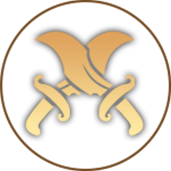

Game Rules Overview
What are the basic rules?
The basic rules include card types, turn structure, and win conditions.
How many players can participate?
The game can be played with two or more players, depending on the format.
Can I create custom cards?
Yes, players can design custom cards, but they must adhere to the game’s balance and rules.
What is the turn order?
Players take turns in a clockwise direction.
Are there any age restrictions?
There are no specific age restrictions for playing the game.
Where can I find additional resources?
Additional resources can be found on our website, including strategy guides and community forums.
